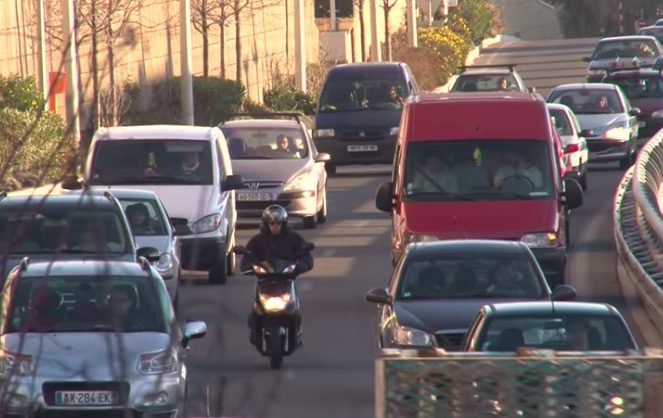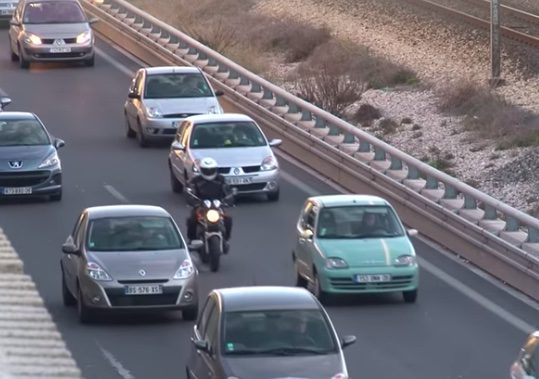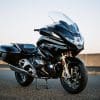A French risk-assessment study has released a shock finding that a five-year lane-splitting trial caused a 12% increase in motorcycle crashes, so they have not legalised filtering.
The French Centre for Studies and Expertise on Risks, Environment, Mobility and Planning (CEREMA) studied 11 regions where lane splitting has been trialled for five years.
It found that motorcycle accidents increased 12% in those areas in that time and that while riders were less likely to be rear ended, there was an increase in motorbikes running into the backs of other vehicles.
This is a concern as previous studies have shown filtering through traffic can significantly reduce the risk of riders being rear ended.
However, don’t get too alarmed just yet that the authorities will seize on this study to take back our hard-won filtering laws in Australia.
We should point out that motorcycle usage and the number of motorcycles lane splitting increased in France during the trial, which may account for some of the increase in crashes.
We are also not sure whether the severity of the crashes increased or decreased.
The study also found that driver behaviour toward riders improved as filtering made drivers more aware of the presence of riders on the road.
The trial has now ended and lane splitting is again illegal, copping a 135 Euros fine and 3 points on your licence.
A spokesperson for the Fédération Française des Motards en Colère (French Federation of Angry Bikers, according to Google) told us they now want another trial across more zones “to obtain enough results for deciding”.
“Obviously we hope they’ll decide to legalise, but who knows?” they said.
“As we know that this practise is efficient for everyone’s benefits, we will make such actions in France next Saturday, demanding the CIF (circulation inter file) be legalised.”
The FFMC helped set up the filtering guidelines as shown in this video (it’s in French).
If they do reinstate filtering, perhaps they should follow Australia’s strict guidelines on speed caps and other rules designed to protect the rider and other road users from dangerous situations.





